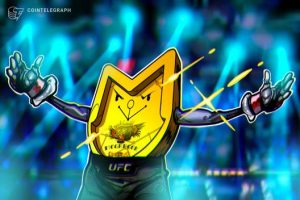
What we call Web3 will be centered on an ecosystem of technology products that are decentralized, based on blockchain networks, interoperable, and without a traditional trusted validator (such as corporations, institutions and government bodies). But exactly what does this mean?
What is Web3?
Web3, a term coined by Gavin Wood, Web3 Foundation president, is the next phase of the internet and, perhaps, of organizing society as a whole. Web1 was the era of open, decentralized protocols, where most online activity involved browsing individual static pages. Web2, which we are now experiencing, is the era of centralization, in which a large part of communication and commerce occurs on captive (closed) platforms and is owned by a handful of technology corporations, subject to centralized control by regulators and government agencies.
In contrast, Web3 aims to solve all the problems that have arisen in Web2 by giving data ownership and power over digital identity, which now belongs to large technology companies, to individual users.
Put another way, Web3 refers to a decentralized online ecosystem based on blockchain. To better understand this, see the figure below for a comparison of the architecture of a Web2 application versus that of a Web3 application.
This means that platforms and applications created on Web3 will not be owned by a central gatekeeper, but by the true owner of the data: the human being. In short, human beings will be the main focus of Web3.
Decentralization and trust on the Web3
Instead of relying on a single, centralized server, Web3 is being built on top of blockchain networks, powered by cryptography that makes it possible to store data across distributed devices (also known as “nodes”) around the world.
And such distributed devices can be anything — computers, laptops or even more robust servers. These devices serve as the framework of blockchain networks, communicating with each other to enable the storage, dissemination and preservation of data transactions without the need for a trusted…
..






